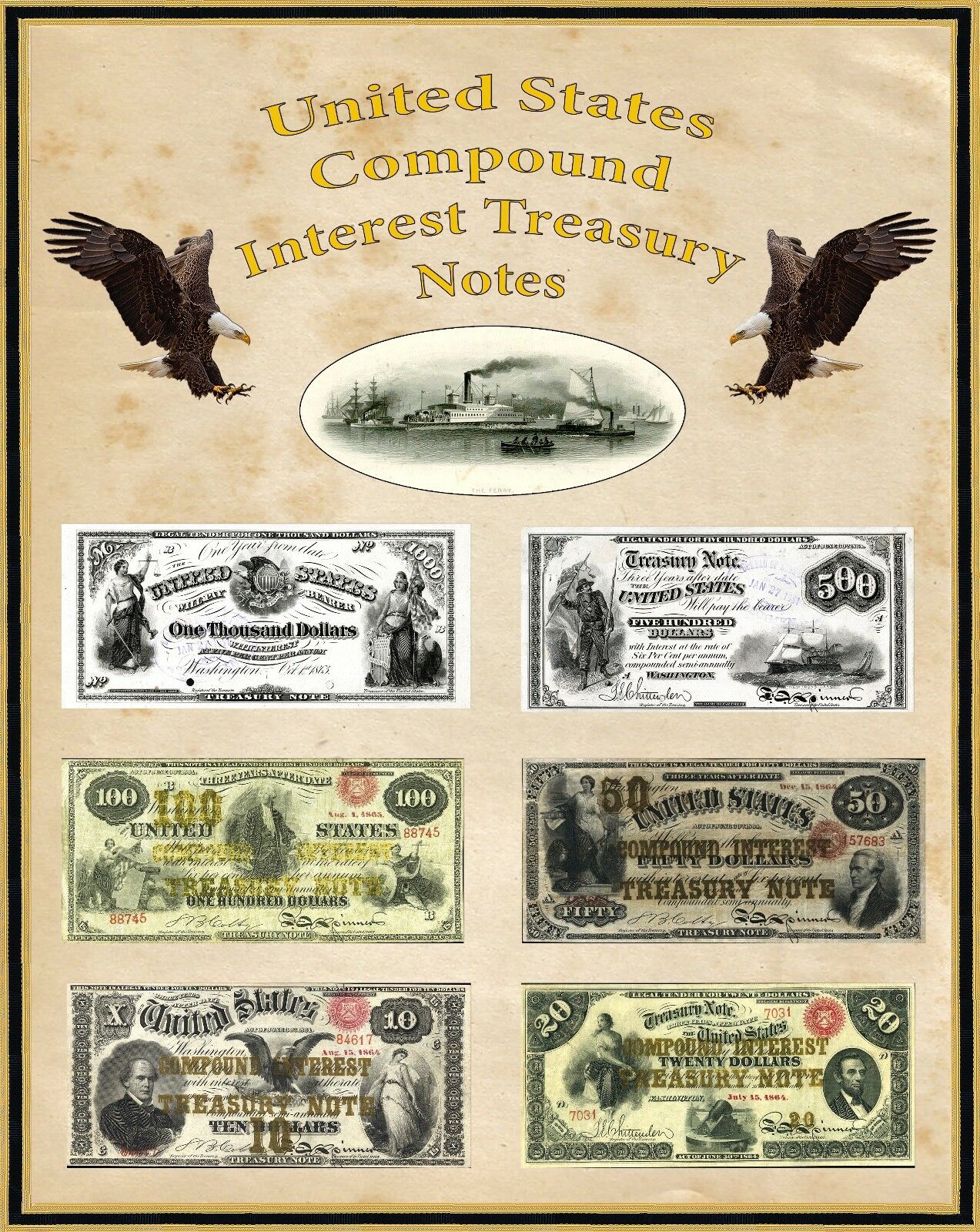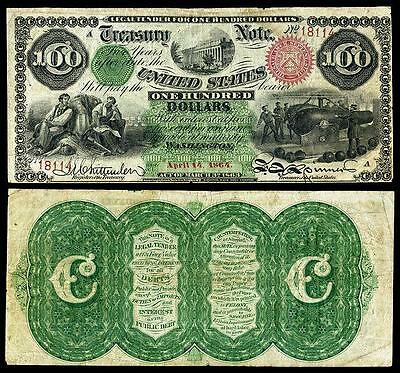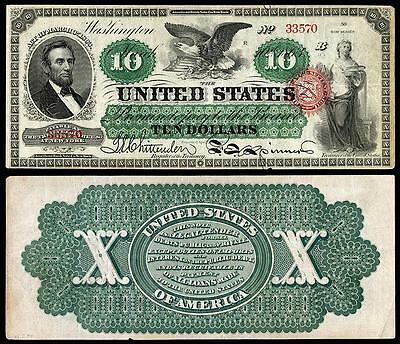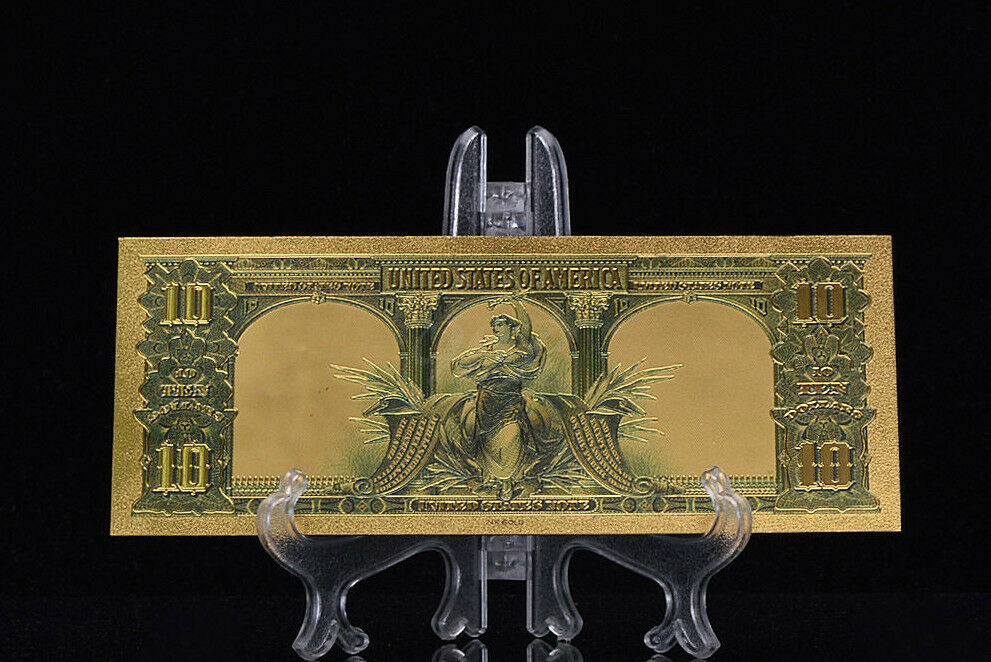-40%
Poster United States Compound Interest Large Notes 16" X 20" Perfect for framing
$ 13.2
- Description
- Size Guide
Description
Poster 16" X 20" United States Compound Interest Treasury Noters Perfect for framingSee out other currency posters on our Ebay Store.
Poster 16" X 20" Compound Interest Banknotes. Printed on Canson Baryta Photographique photo paper designed to exceed museum standards for quality and longevity.
From 1863 to 1935, National Bank Notes were issued by banks throughout the country and in US territories. Banks with a federal charter would deposit bonds in the US Treasury. The banks then could issue banknotes worth up to
90 percent of the value of the bonds. The federal government would back the value of the notes—the issuance of which created a demand for the government bonds needed to back them.
The program was a form of monetization of the Federal debt. Bonds eligible as collateral for posting to the Treasury were said to have the "circulation privilege" and the interest they bore provided seigniorage to the National Banks.
Except for the last few years of issue, all of the National Bank Notes were large-sized.
Through much of their earlier history of issue, national banknotes used designs in which the issuing bank's name was prominently displayed, rather than "The United States Of America". One
design
used for many years featured a portrait on the obverse, near the left edge, and the bank's name printed in prominent shaded type in the middle. The historical figures seen on these notes usually were different from those on the same denominations of paper currency today.
Large-size notes bore two serial numbers. The Treasury serial number indicated the total number of notes of that series and denomination issued by all banks. The bank serial number indicated the number of notes of that series and denomination issued only by that bank. Large size notes also bore four signatures. Two signatures were those of the Register of the Treasury and Treasurer of the United States and were printed as part of the note's design. The other two signatures were those of the bank's cashier and president, and were individually signed by those officers prior to issuing the note. Notes were sent to the bank by the Treasury and typically signed as uncut sheets, so that the top edge of some notes show the lower part of a signature (such as the descender of a "y" or "j") from the note above it. Notes were often cut apart with scissors, so that the top and bottom edges of notes can be uneven and cut into the borders of the design.
Most, but not all, large size national banknotes showed the charter number of the issuing bank on the obverse. In some cases the charter number was printed once, but typically the charter number appeared twice. The issuing bank's charter number was carefully positioned inside the engraved border, as well as overprinted elsewhere on the obverse. To aid Treasury workers in sorting banknotes, later large size notes also showed a letter to indicate the region of the country in which the issuing bank was located—"N" for New England, "E" for East, "S" for South, "M" for Mid-West, "W" for West, and "P" for Pacific coast.









